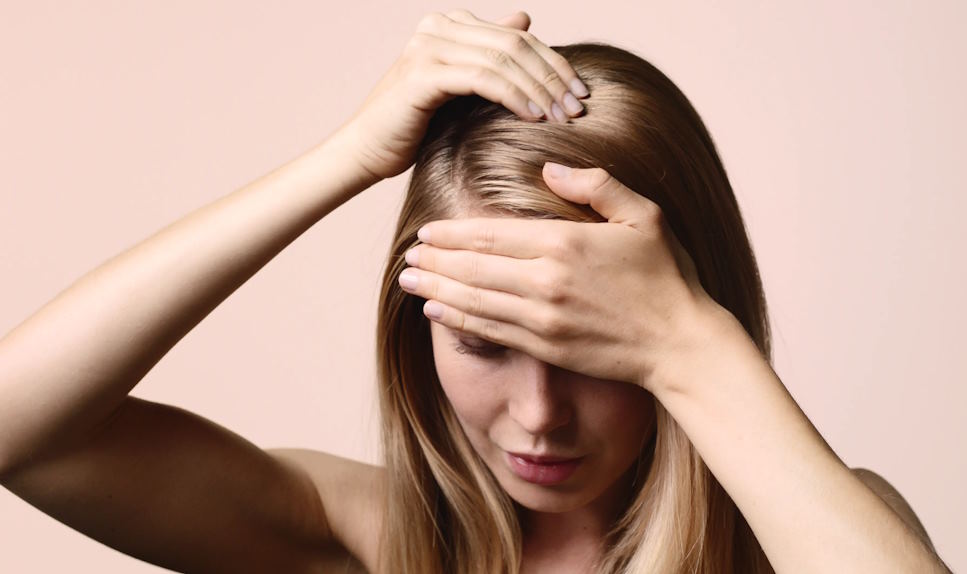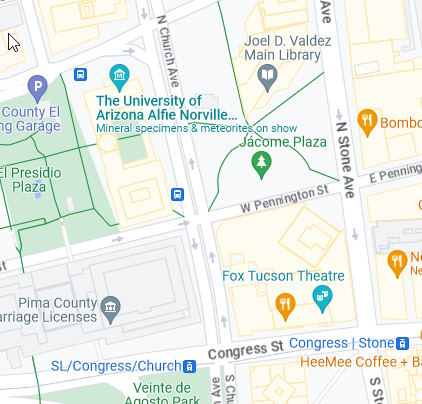This website uses cookies so that we can provide you with the best user experience possible. Cookie information is stored in your browser and performs functions such as recognising you when you return to our website and helping our team to understand which sections of the website you find most interesting and useful.


Scalp Massage Techniques to Enhance Oil Absorption
In the realm of hair care, the role of scalp oil, or sebum, cannot be overstated. Beyond its natural conditioning properties for hair strands, scalp oil plays a crucial role in maintaining scalp health and overall hair vitality. However, achieving optimal distribution and absorption of scalp oil throughout the hair follicles can be a challenge, particularly for those with varying hair types and scalp conditions. Enter scalp massage—a centuries-old technique known not only for its relaxation benefits but also for its ability to enhance the absorption of scalp oil. By employing specific massage techniques, it is possible to stimulate circulation, improve nutrient delivery, and ensure that scalp oil nourishes the roots effectively, promoting healthier, more resilient hair from the roots up.
Techniques for Effective Scalp Massage
Preparation: Choosing the Right Oil and Tools (if any)
Before you embark on your scalp massage journey, it’s essential to gather the right supplies. Start by choosing a nourishing oil suited to your hair type and scalp needs. Coconut oil is fantastic for deep conditioning, while jojoba oil mimics the scalp’s natural oils, making it ideal for balancing oil production. As for tools, your fingers are your best asset! They allow for precise control and can apply just the right amount of pressure.

Step-by-Step Guide to Performing Scalp Massage
Sectioning the Hair
Begin by parting your hair into sections using your fingers or a comb. This step ensures that you can access the scalp easily and evenly distribute the oil.
Applying the Oil
Pour a small amount of your chosen oil into your palm and rub your hands together to warm it up. Then, using your fingertips, gently massage the oil into your scalp. Imagine you’re giving your scalp a mini spa treatment—nurture each section with care.
Massaging Techniques
Now, for the massage itself! Use circular motions with your fingertips to stimulate blood flow and loosen any tension. Think of your scalp as a garden that needs tending—gentle kneading motions can help nourish the roots and promote healthy growth.
Duration and Frequency Recommendations
Aim for a massage session of about 5 to 10 minutes, depending on your preference and available time. You can do this a few times a week or even daily if your scalp craves extra love. Consistency is key to reaping the full benefits!
Tips for Maximizing Oil Absorption
Timing: Best Times to Perform Scalp Massage for Optimal Absorption
Ever wondered when your scalp is most receptive to a nourishing massage? It turns out, right before bed might be the sweet spot. Why? Because as you wind down, your scalp relaxes, allowing those precious oils to sink in deeply overnight. It’s like giving your scalp a cozy blanket before it goes to sleep—perfect for waking up to smoother, more hydrated hair.

Incorporating Heat for Better Penetration
Want to take your scalp massage to the next level? Try incorporating a touch of warmth. Wrap a warm towel around your head or use a heating cap after applying the oil. Just like how warmth opens up petals on a flower, it helps those oils seep into every strand, ensuring your scalp drinks up all the goodness.
Post-Massage Care: How to Rinse Out Excess Oil Without Stripping
After your massage, you might worry about washing away all that hard-earned moisture. Here’s a trick: use lukewarm water and a gentle shampoo. Think of it as rinsing your hair with a gentle rain—cleansing but not harsh. Massage your scalp lightly as you rinse to ensure thorough cleansing without stripping away all the beneficial oils.
Combining Scalp Massage with Other Hair Care Practices
Complementary Practices: How Scalp Massage Enhances Benefits of Shampooing and Conditioning
Imagine your hair care routine as a symphony, with each step playing its part in creating harmony. Scalp massage is like the conductor—it sets the stage for everything else to work beautifully together. When you massage your scalp before shampooing, you’re not just relaxing; you’re also stimulating blood flow, which helps your scalp absorb nutrients from the shampoo more effectively. It’s like priming a canvas before painting—a small gesture that makes a big difference. After shampooing, when you massage in conditioner, your scalp is already in a receptive state, ready to drink up the moisturizing benefits. Together, they make sure every strand feels silky and strong.
Adjusting Techniques for Different Hair Types
Just like people, hair comes in all shapes and sizes—and it loves to be treated accordingly! If you have curly hair, try using your fingertips to gently scrunch the oil into your scalp, like you’re coaxing out the best curls at a dance. For straight hair, smooth strokes can distribute oil evenly, ensuring every inch gleams with health. And if your hair tends to get oily quickly, focus on lighter massages to avoid overstimulating the scalp. Think of it as finding the right rhythm in a dance—each hair type has its own groove, and scalp massage helps you find it.


